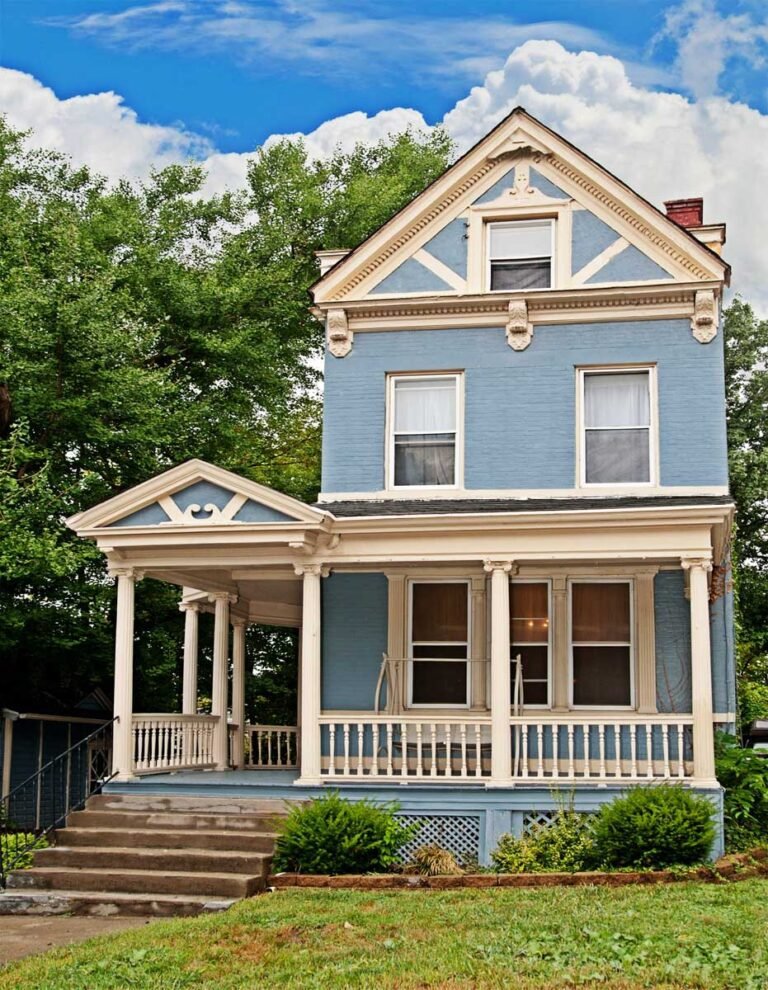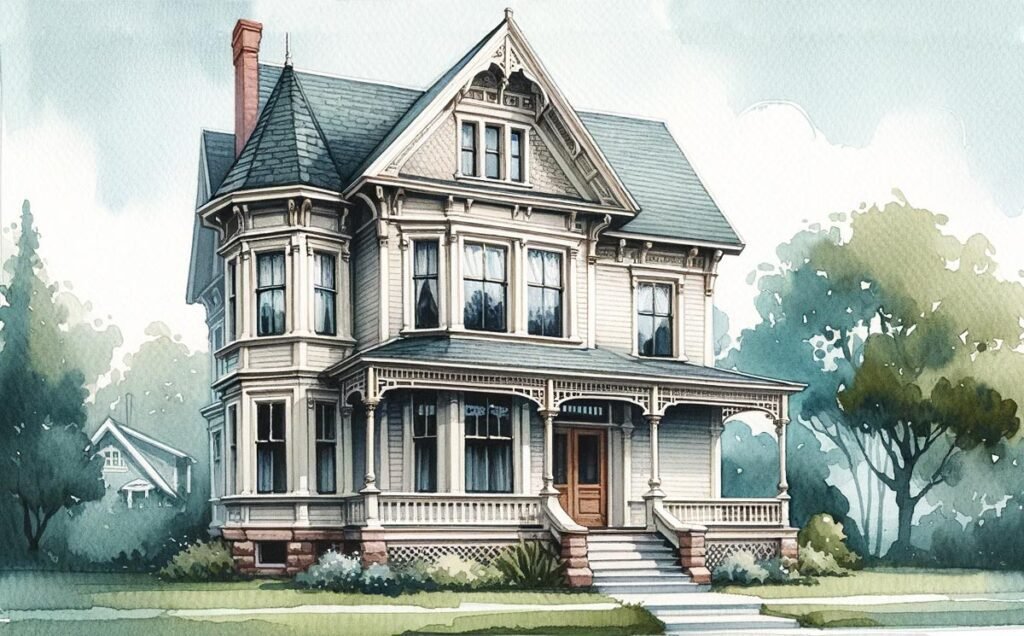Subtypes of Victorian Architecture
Victorian architecture refers to styles that emerged in the mid-to-late 19th century during the reign of Queen Victoria. Think of it as the architectural equivalent of a fancy, multi-layered cake! It’s known for intricate designs, ornate details, and often a mix of various materials and colors.
Much like a brilliantly woven tapestry, Victorian architecture presents an array of styles, each with its unique charm and historical significance. These styles are emblematic of an era marked by artistic fervor and architectural innovation. In this article, I explore the subtypes of Victorian architecture, from the ornate and whimsical to the robust and subdued, all of which collectively paint a vivid picture of a bygone era’s aesthetic preferences and cultural influences.
Second Empire Victorian
- Visual Clues: When people think of Haunted Houses, they are probably visualizing a Second Empire Victorian. Mansard roofs (roofs with four steep sides) are the standout feature.
- Origin: Inspired by French designs of the time.
- Heyday: 1855-1885
- Details: You might see decorative brackets, round windows in the roof, molded cornices (decorative trim along the top edge of a building below the roof), metal cresting (decorative fence or patterned ridge) at the roofline, and towers.
Second Empire Examples


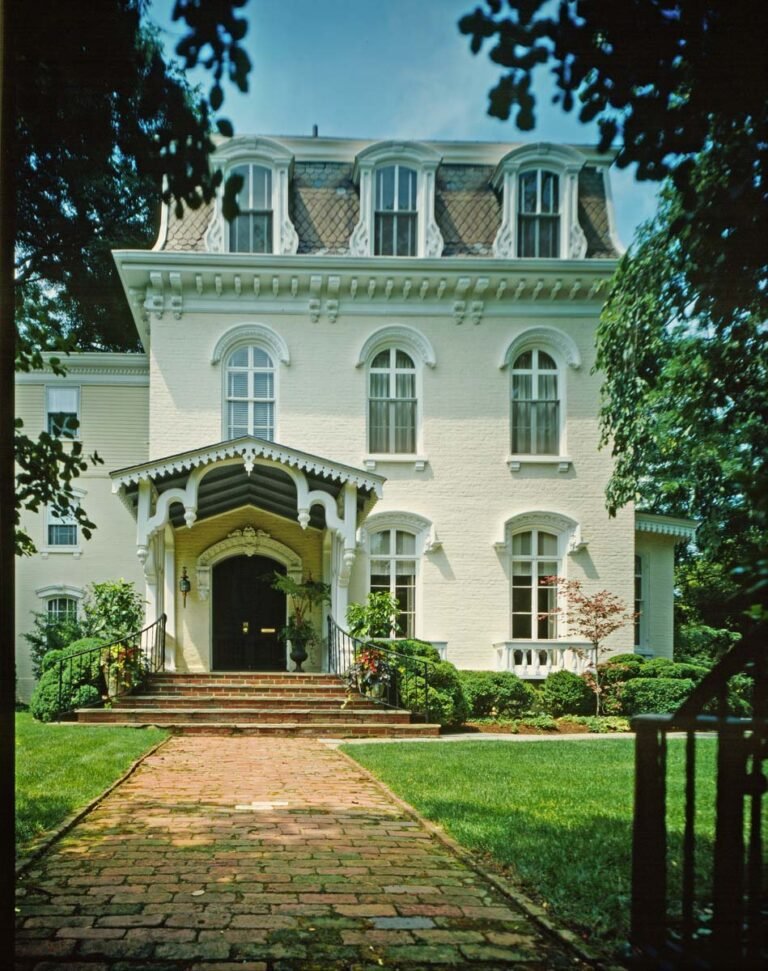
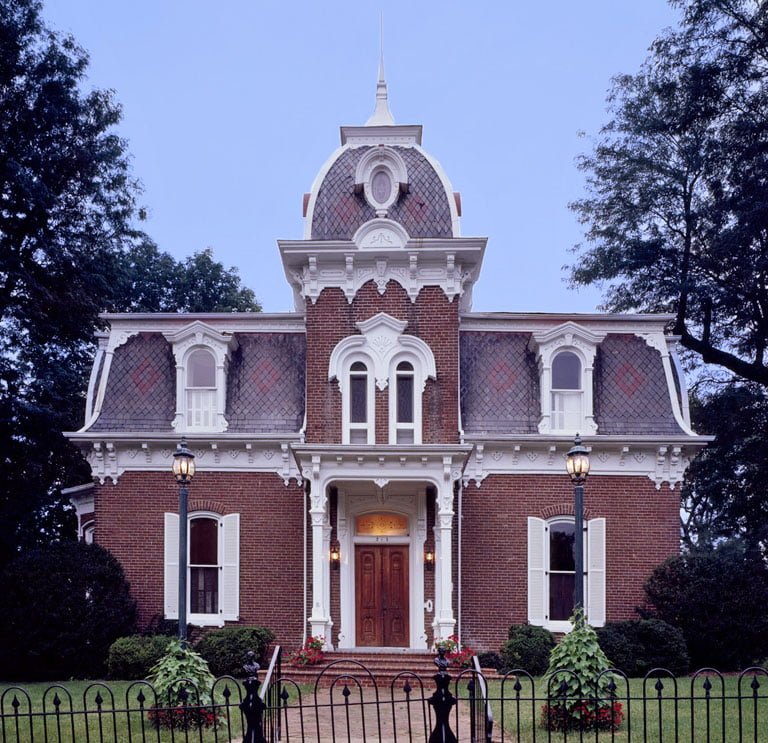


Stick Victorian
- Visual Clues: Linear wooden “sticks” on the building’s exterior, making a sort of wooden grid.
- Origin: It represents an early and more subdued phase of the Victorian style.
- Heyday: 1860-1890
- Details: Exposed wooden structural elements, steep roofs, and decorative trusses (triangle-shaped designs) under the eaves (the part of the roof that hangs over the wall).
Stick Examples




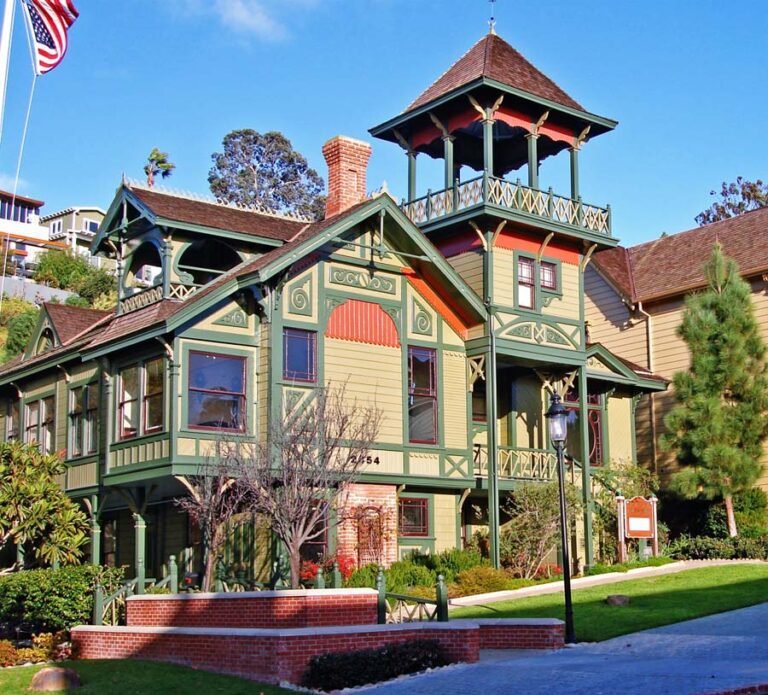

Queen Anne Victorian
- Visual Clues: Think of whimsical houses with “gingerbread” details, bay windows, and often, a turret (a small tower).
- Origin: Despite its name, this style is more British than anything Queen Anne would’ve recognized.
- Heyday: 1880-1910
- Details: Colorful paint jobs, textured wall surfaces, spindlework (decorative turned wood rods), stained glass windows, porches, and asymmetrical designs are typical.
Queen Anne Examples
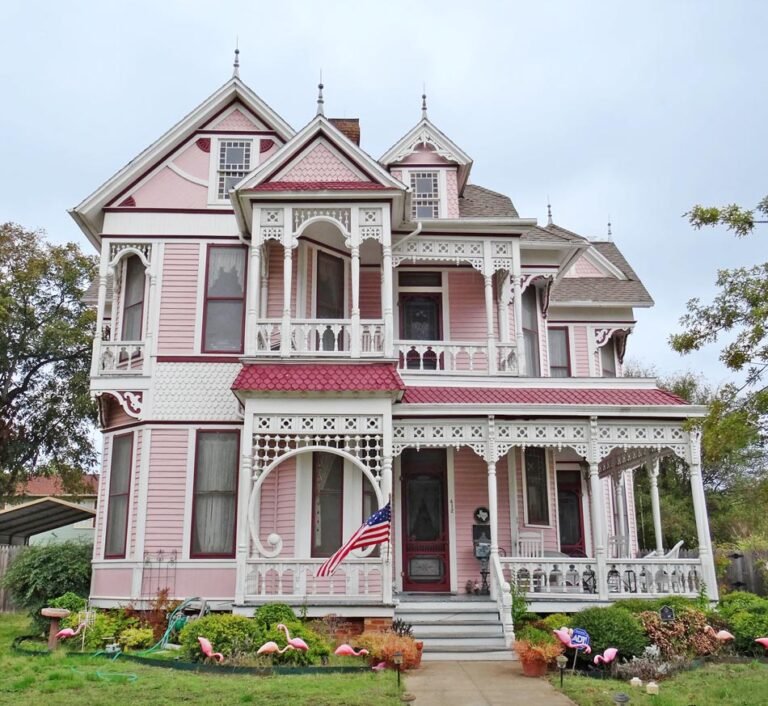


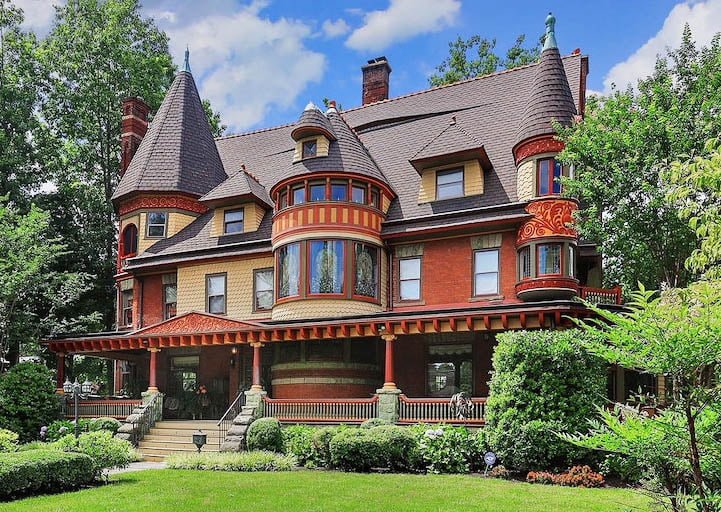
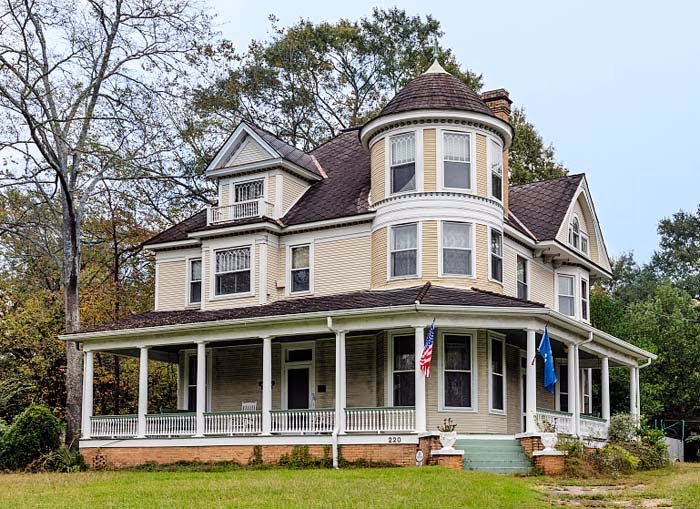

Richardsonian Romanesque Victorian
- Visual Clues: Heavy, rustic stonework, towers with conical roofs, rounded arches, and squat columns.
- Origin: Inspired by ancient Roman architecture, but given a Victorian twist by architect Henry Hobson Richardson.
- Heyday: 1880-1900
- Details: Buildings are often asymmetrical and feel sturdy and castle-like, with deep-set windows and intricate stone carvings.
Richardsonian Romanesque Examples


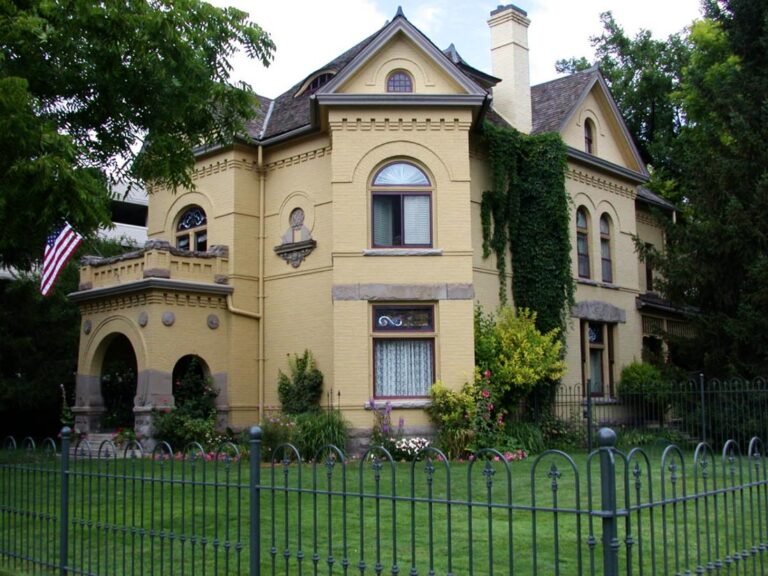


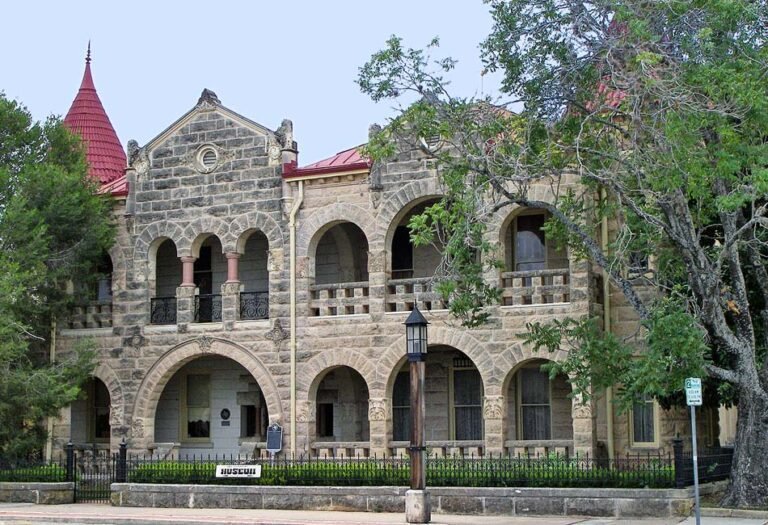
Folk Victorian
- Visual Clues: Think of simpler, traditional homes except sprinkled with some Victorian decorative touches.
- Origin: A more modest and affordable take on the Victorian style, popular in rural areas.
- Heyday: 1870-1910
- Details: These houses might have Victorian “gingerbread” trim or brackets, but lack the asymmetry and flamboyance of Queen Anne homes.
Folk Examples



